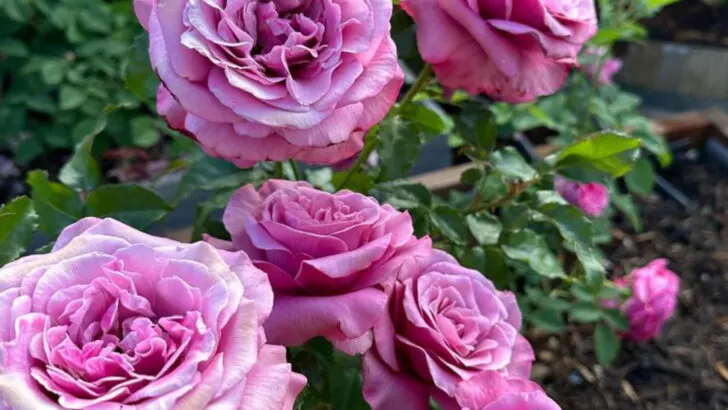There’s nothing more frustrating than putting time, effort, and money into plants that just don’t give back. Whether they’re not producing, attracting pests, or sucking up more water than they’re worth, some plants simply aren’t pulling their weight in the garden.
Many Americans grow these plants out of habit, not realizing there are hardier, more productive, or more climate-resilient options available. And in a time when yields, water use, and disease resistance matter more than ever, it’s worth rethinking what we’re putting in the ground.
In this article, we’re not here to shame your garden—we’re here to upgrade it. These are the plants you may want to retire, and the smarter swaps that could give you better results, with less effort.
Rose Bushes
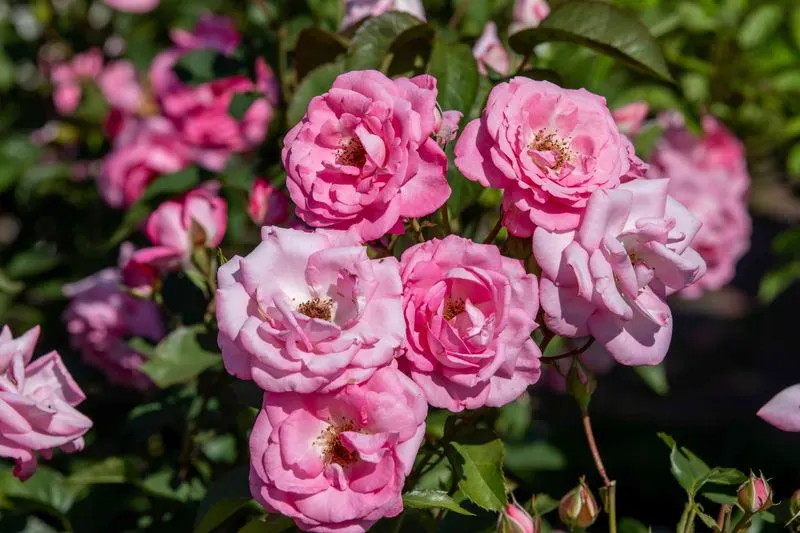
Roses, with their classic beauty, often become a gardener’s dream turned nightmare. They demand constant attention, battling diseases like black spot and pests like aphids. Instead, consider planting lavender, which offers a similar romantic appeal without the hassle. Lavender thrives with minimal care, attracting pollinators and releasing a soothing fragrance. Its drought-resistant nature makes it an excellent choice for those wanting less maintenance. Swap out the fussy rose bushes for lavender’s carefree charm, and watch your garden flourish with color and fragrance. A practical choice for beginners and seasoned gardeners alike.
Bamboo
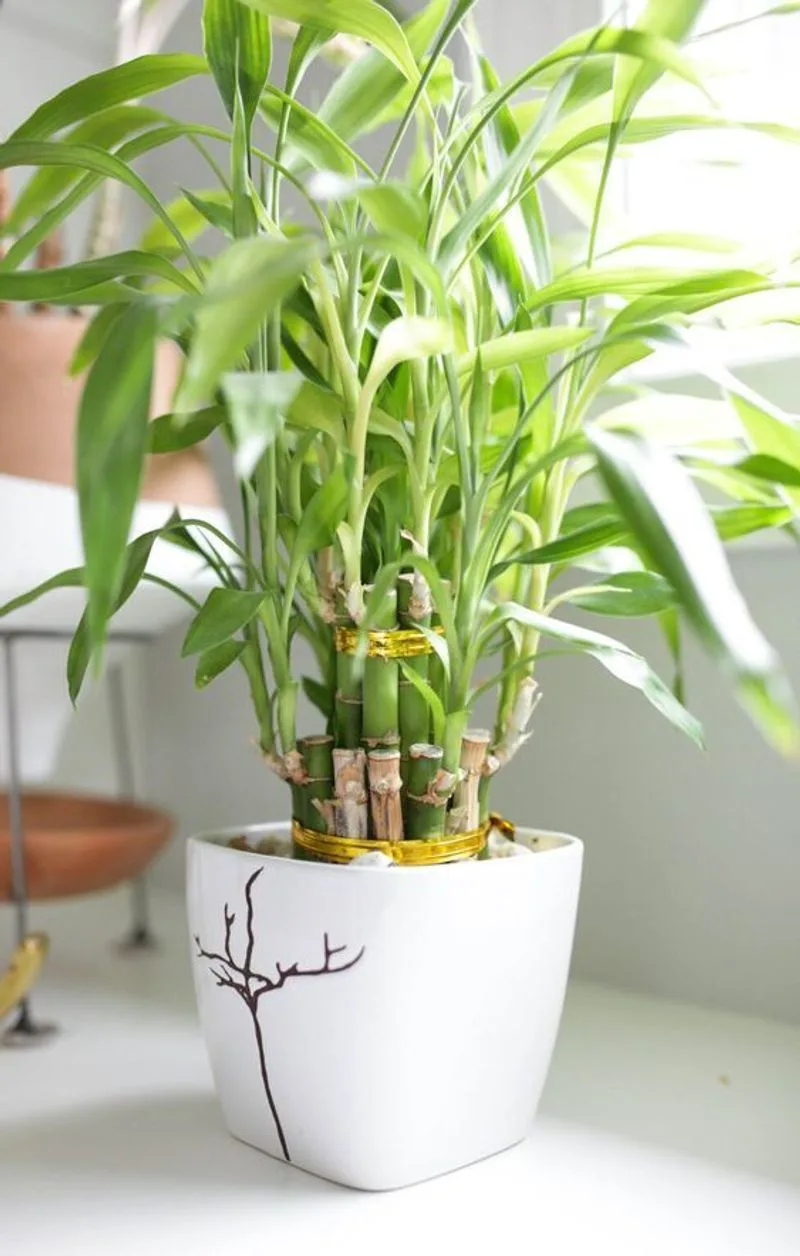
Bamboo is notorious for its rapid, invasive growth. It might seem like a great privacy screen until it takes over your entire yard. For a more controlled option, try clumping bamboo. This non-invasive alternative offers the same lush, tropical vibe without the underground runners that spread wildly. Clumping bamboo grows in manageable clusters, ensuring your garden stays neat and tidy. It’s a smart way to enjoy bamboo’s aesthetic appeal without the maintenance headache. You’ll save time, money, and preserve neighborly peace by choosing this non-spreading variety.
English Ivy
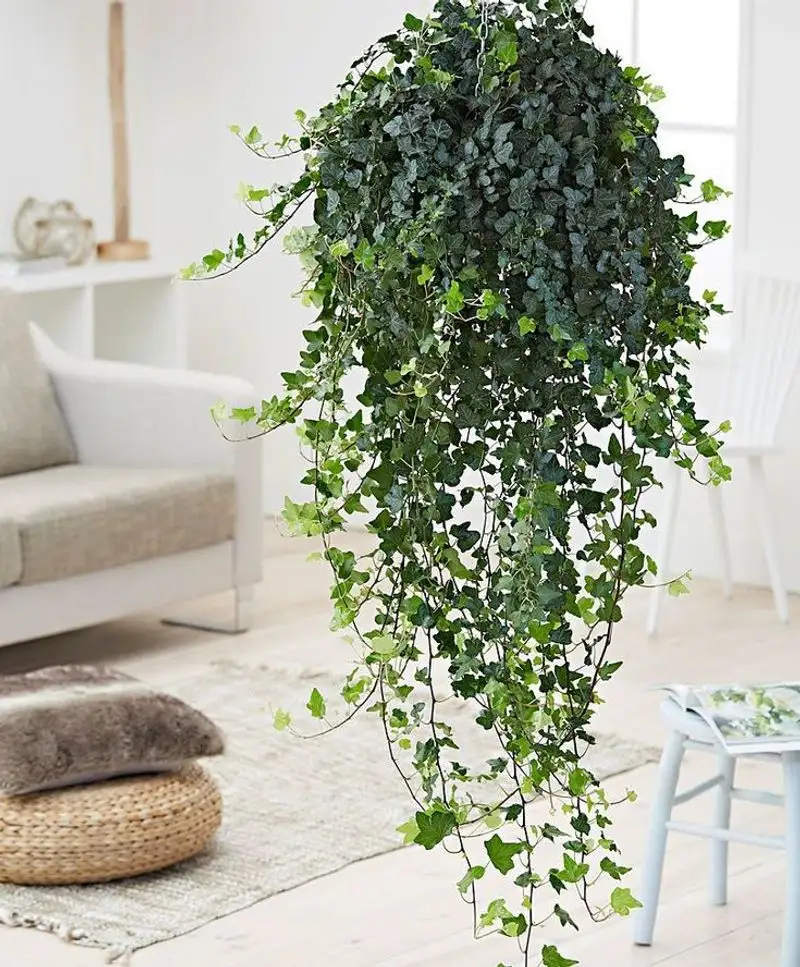
English Ivy may look charming as it creeps over a wall, but it can damage structures and spread uncontrollably. Instead, opt for creeping fig, which adheres less aggressively and won’t harm your masonry. Creeping fig offers a similar aesthetic with its small, lush leaves and elegant climbing habit. This alternative grows more slowly, allowing you to maintain its shape with ease. It’s perfect for those who love the look of vines without the associated chaos. Transform your garden walls into green masterpieces without the worry of structural damage.
Oleander
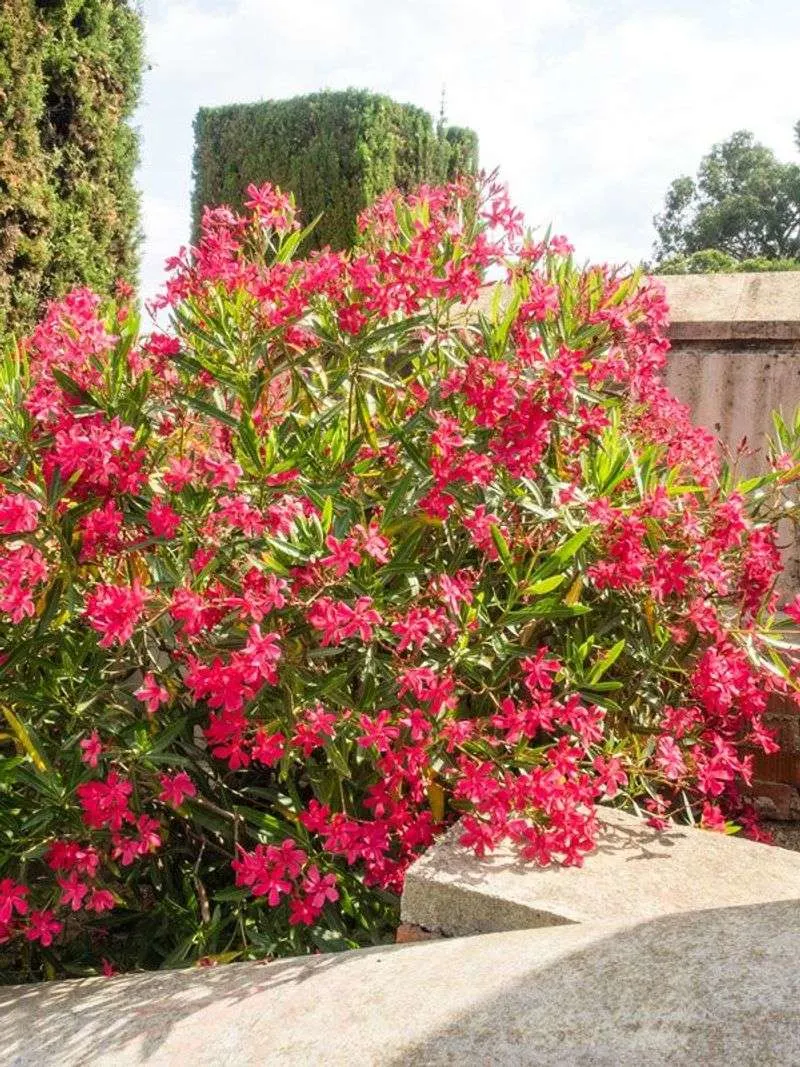
Oleander’s beautiful flowers hide a dark secret: every part of this plant is highly toxic. If you’re looking for a safer, wildlife-friendly option, consider milkweed. Not only does milkweed boast vibrant blooms, but it also supports butterfly populations, particularly monarchs. This plant’s non-toxic nature makes it a family-friendly choice, inviting beneficial insects into your garden. Trade the hazardous allure of oleander for the ecological benefits of milkweed, and contribute positively to your local ecosystem. It’s a choice that benefits both people and pollinators alike.
Boxwood

Boxwood once symbolized formal elegance but is now plagued by blight and pests. For an equally structured look, consider Japanese holly. This alternative offers similar dense foliage and can be easily shaped into hedges. Japanese holly resists many common boxwood problems, providing a lush, green backdrop with less fuss. Its small, glossy leaves add a refined touch to any landscape, making it a reliable substitute. You’ll enjoy a pristine garden hedge without the constant worry of disease, leaving more time to enjoy your outdoor space.
Cilantro
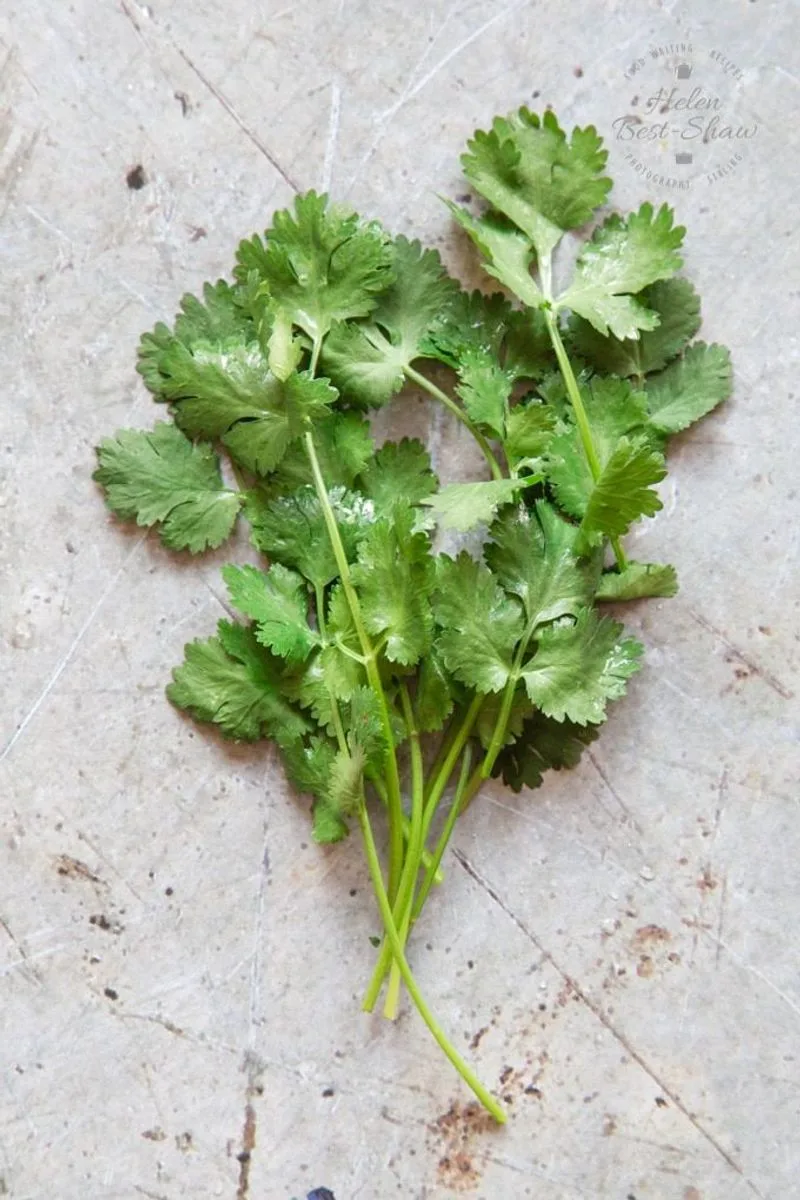
Cilantro’s tendency to bolt in hot weather can frustrate even the most experienced gardeners. Swap it out for parsley, which offers a more forgiving growing experience. Parsley remains lush and usable throughout the season, providing a fresh, versatile herb for culinary delights. Its ability to thrive in various climates makes it a reliable choice. With similar uses in cooking, parsley easily replaces cilantro’s role in your herb garden. By choosing parsley, you’ll enjoy a steady supply of fresh herbs without the unpredictable nature of cilantro.
Cherry Trees
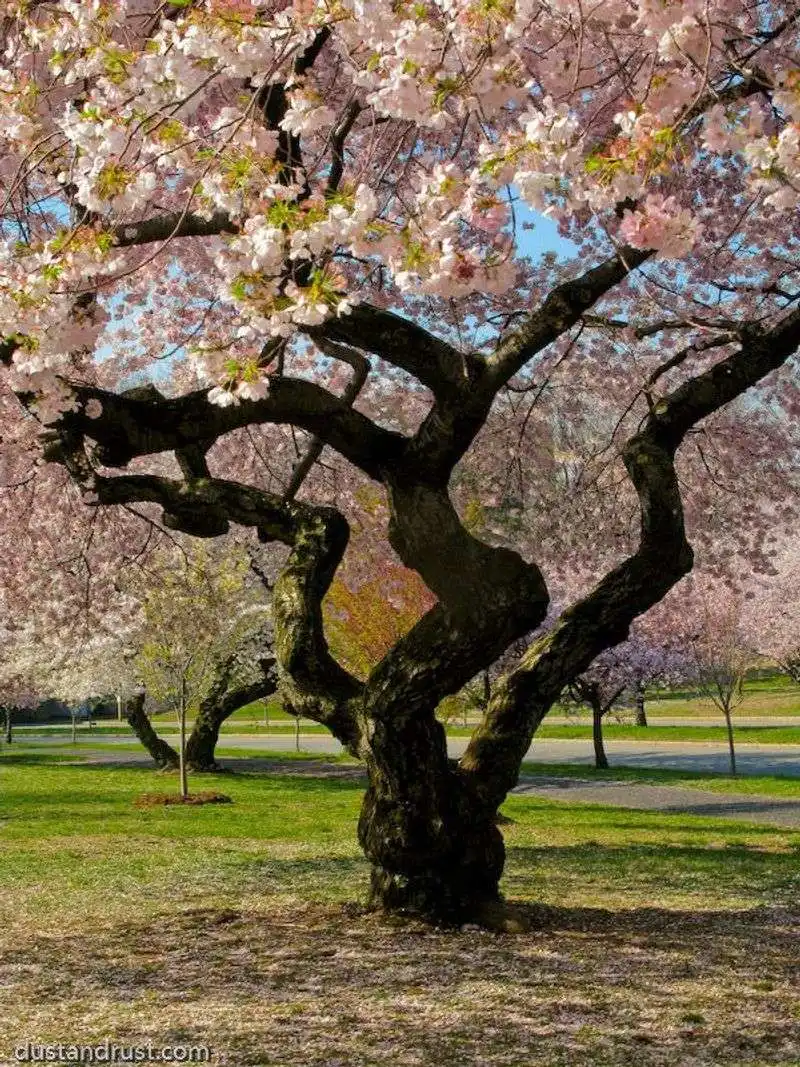
Cherry trees are undeniably beautiful but often fall victim to pests and diseases that require constant intervention. Instead, consider planting apple trees, which are generally hardier and less prone to issues. Apples provide a bountiful harvest and come in many varieties to suit different taste preferences. This alternative offers sweet rewards with less effort, making it an ideal choice for those seeking fruit without the hassle. By replacing cherries with apples, you’ll enjoy a fruitful garden with a more manageable maintenance routine.
Hostas
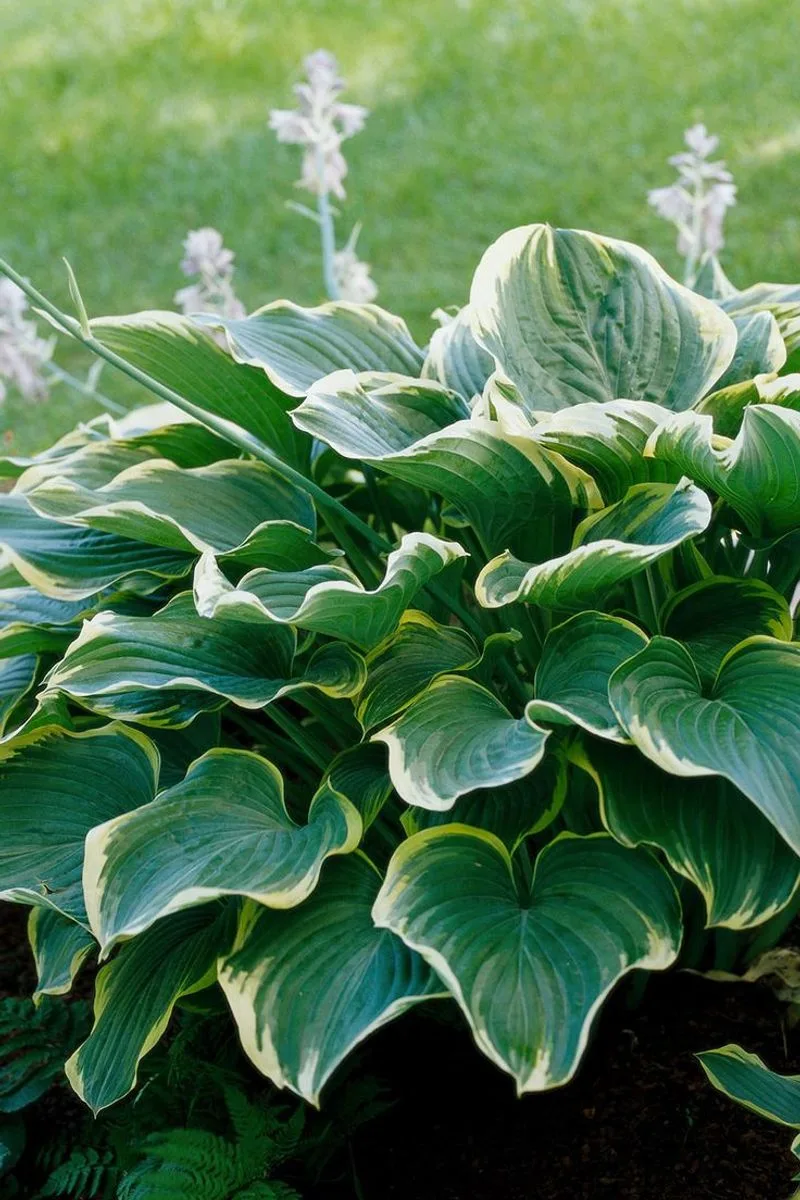
Hostas are beloved for their lush foliage, yet they often attract slugs and snails, leaving gardens looking tattered. Ferns offer a graceful, undisturbed alternative perfect for shady spots. These plants thrive where hostas struggle, providing elegant textures without becoming a pest magnet. Ferns require minimal upkeep and can fill spaces with their feathery fronds, creating a serene, woodland-inspired garden. Replace hostas with ferns to enjoy a worry-free, green paradise. Their adaptability to different environments makes ferns a wise choice for low-maintenance gardening.
Cotoneaster
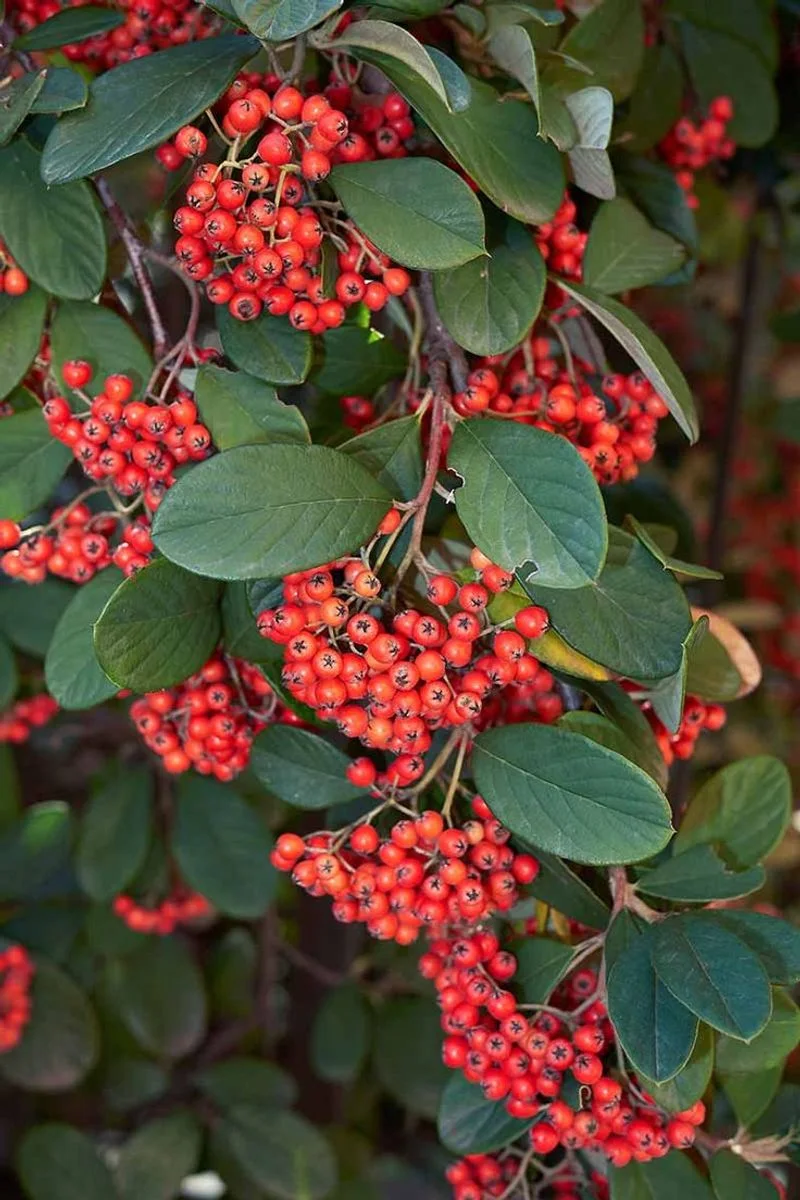
Cotoneaster’s sprawling branches can quickly turn a garden unruly. Taming this plant often feels like a losing battle. Cranberry bush viburnum offers a more contained growth habit, making it an excellent alternative. This shrub provides vibrant, seasonal interest with its stunning flowers and fruit, without overtaking your garden. Easy to manage and visually appealing, cranberry bush viburnum adds color and structure. Swapping cotoneaster for this plant streamlines your gardening efforts, allowing for a well-maintained outdoor space that doesn’t compromise on beauty or wildlife attraction.
Scotch Broom
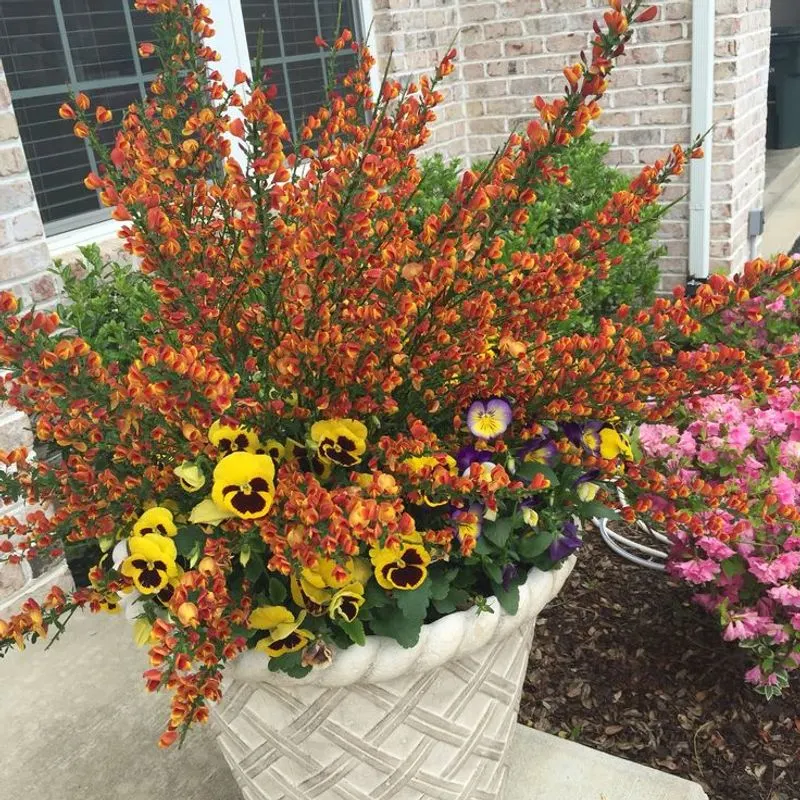
Scotch broom, with its bright yellow flowers, can be deceptively invasive, overtaking landscapes with ease. For a more ecologically responsible option, consider native wildflowers. They provide similar bursts of color without wreaking havoc on local ecosystems. Native wildflowers support local wildlife and adapt well to regional conditions, reducing maintenance demands. By choosing wildflowers, you contribute to biodiversity and create a flourishing habitat. This sustainable choice enhances your garden’s beauty while supporting environmental health, making it a win for both nature and your backyard.
Mint
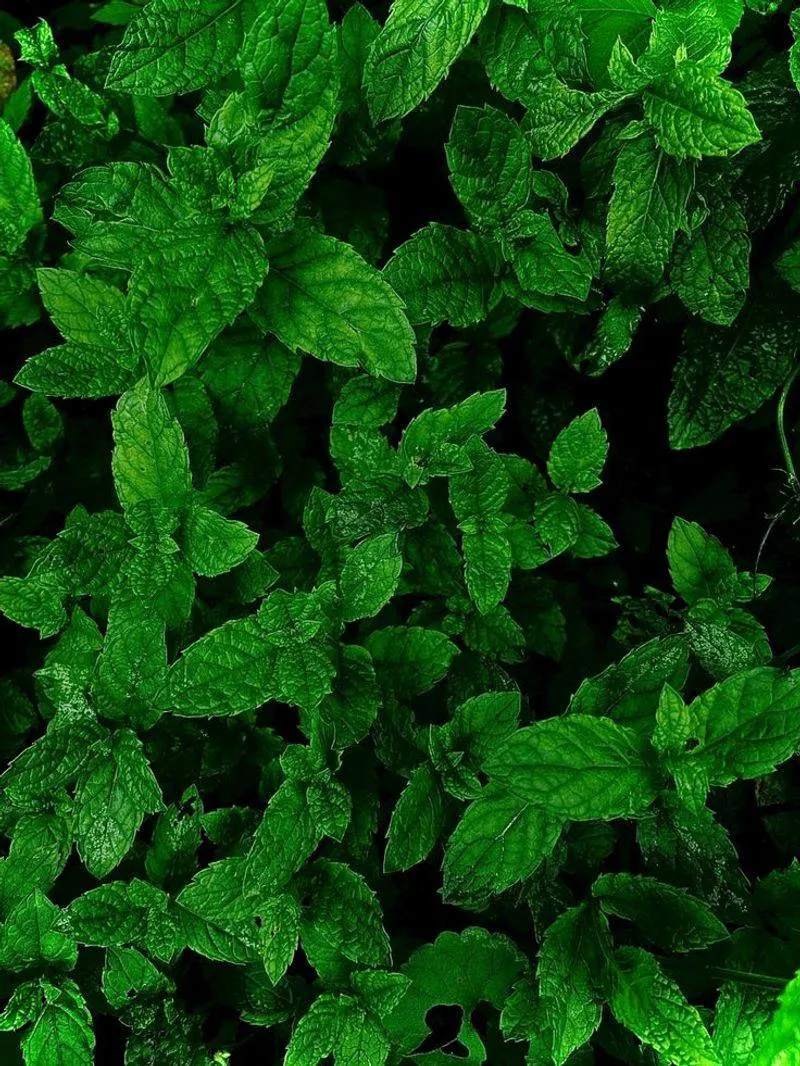
Mint is notorious for its aggressive nature, spreading far beyond its intended boundaries. Instead, opt for peppermint in a container. This approach allows you to enjoy mint’s fresh flavor without the chaos it can cause in the garden. Peppermint grows well in pots, making it easy to control and maintain. Its invigorating scent and taste remain accessible, without the risk of it taking over your garden beds. Choosing peppermint in a container ensures a tidy herb garden and provides the same culinary uses as traditional mint, minus the headache.
Euonymus
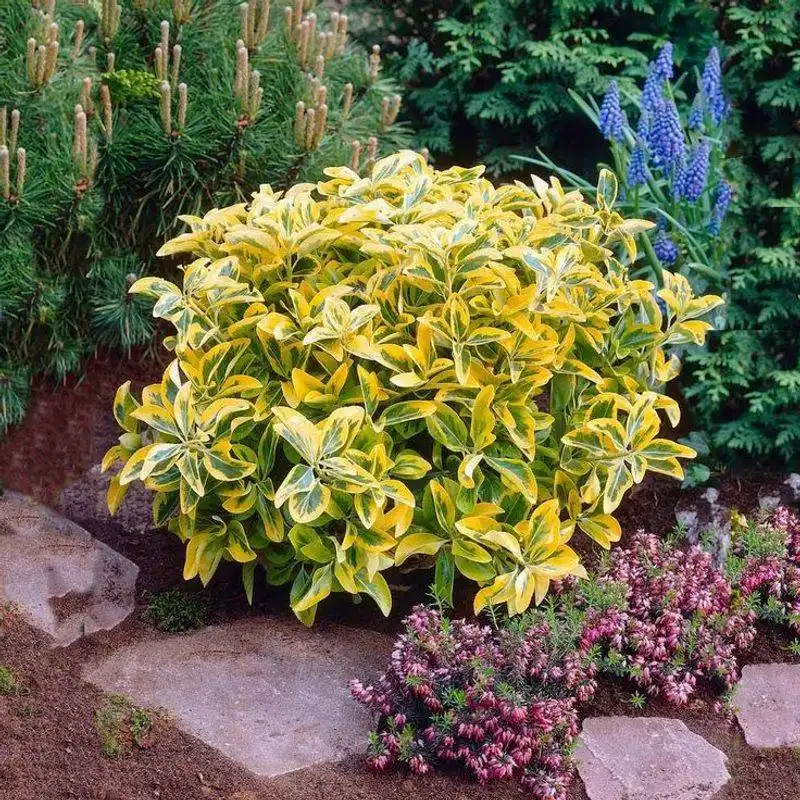
Euonymus shrubs may offer vibrant foliage but are often plagued by scale and mildew. Barberry bushes present a vibrant substitute with their striking colors and resilience to pests. This alternative adds a splash of color throughout the year, with minimal maintenance. Barberry’s thorny nature also provides a natural barrier, adding security to your garden. With its hardiness and visual appeal, barberry is a practical choice for those looking to replace euonymus without sacrificing beauty. It offers an attractive solution that withstands common gardening challenges.
Hybrid Tea Roses
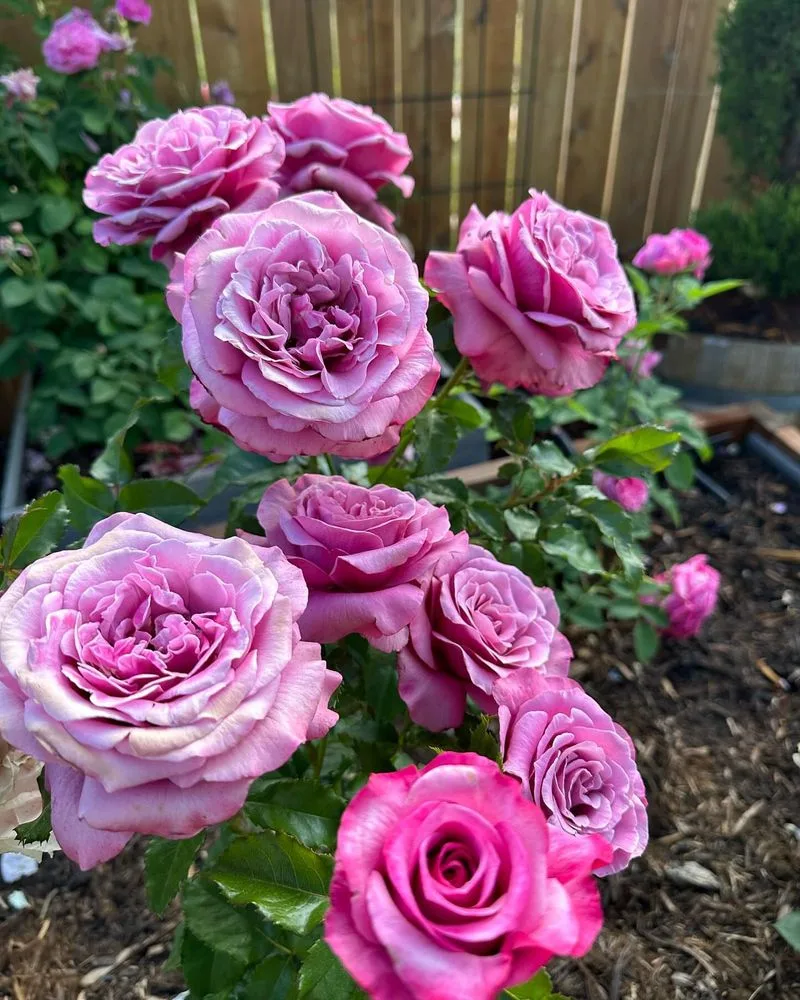
Hybrid tea roses captivate with their blooms but demand high maintenance, prone to diseases and pests. Floribunda roses offer a more resilient alternative with abundant clusters of flowers. These roses provide stunning displays with less fuss, making them suitable for gardeners wanting beauty without the burden. Floribundas are generally hardier, offering disease resistance and a longer blooming period. By choosing floribundas, you maintain the charm of roses while simplifying your gardening routine. Their ease of care and vibrant displays make them a worthwhile investment for any rose lover.
Water Hyacinth
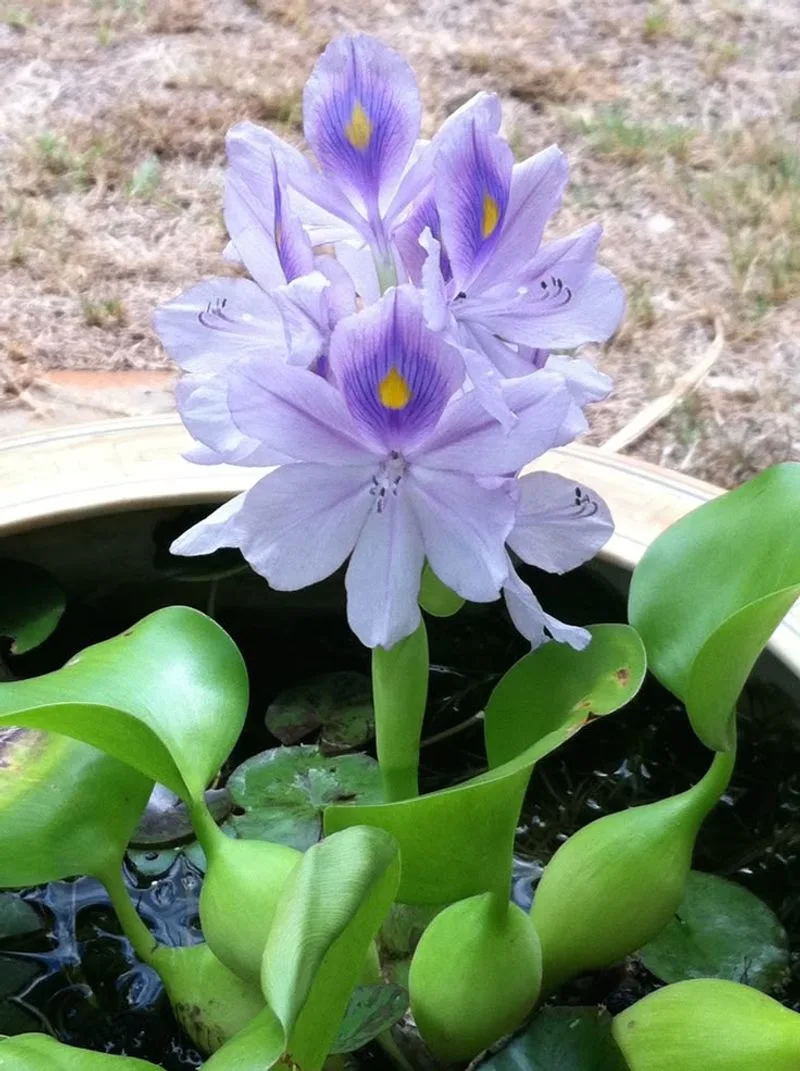
Water hyacinth’s rapid growth can suffocate water features, leading to ecological imbalance. Swap it for water lilies, which offer similar aquatic beauty without the invasive tendencies. Water lilies provide shade and shelter for pond life, promoting a balanced aquatic environment. Their stunning blooms and leaves create a tranquil water setting, enhancing the visual appeal of any pond. Choosing water lilies over water hyacinth ensures a healthier ecosystem and a more manageable water garden. This change supports both aesthetic goals and environmental responsibility.
Azaleas
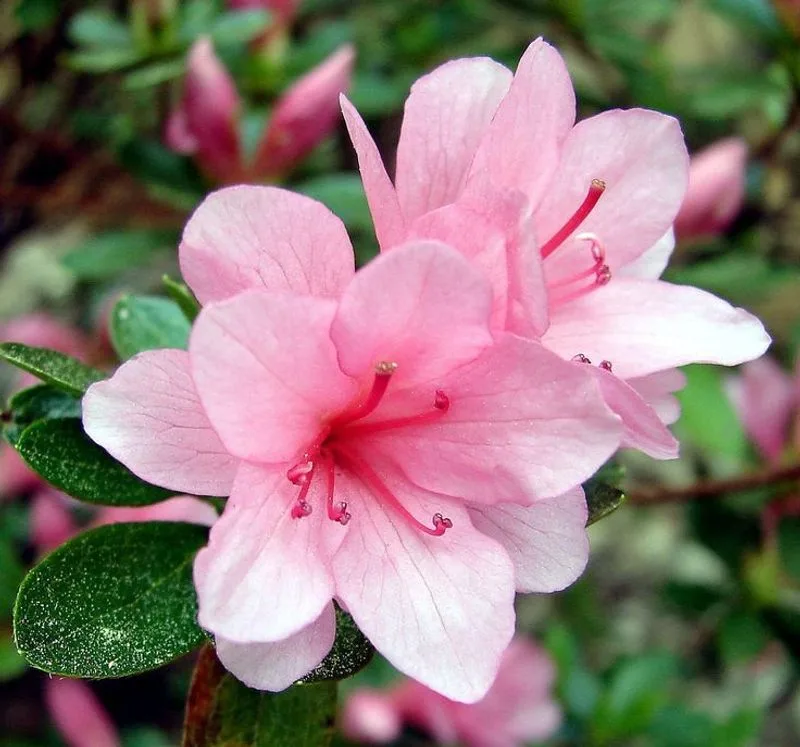
Azaleas, though stunning, often struggle with specific soil and climate needs, leaving gardeners disappointed. Rhododendrons, on the other hand, offer a robust alternative with similar floral beauty. These plants boast vibrant blooms and adapt better to a wider range of conditions. With rhododendrons, you enjoy lush displays without constant worry over soil acidity and moisture levels. They provide a low-stress solution for gardeners seeking reliable bursts of color. Rhododendrons bring a touch of elegance and ease, transforming challenging spots into thriving floral showcases.

